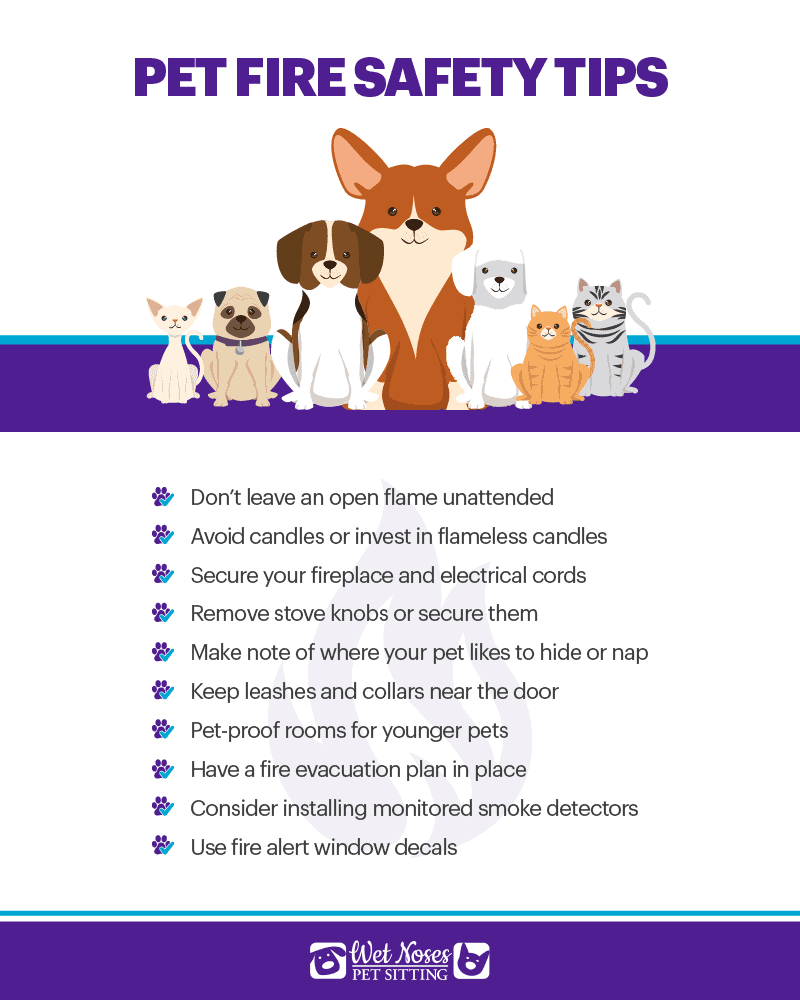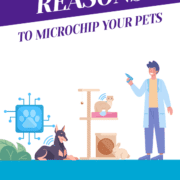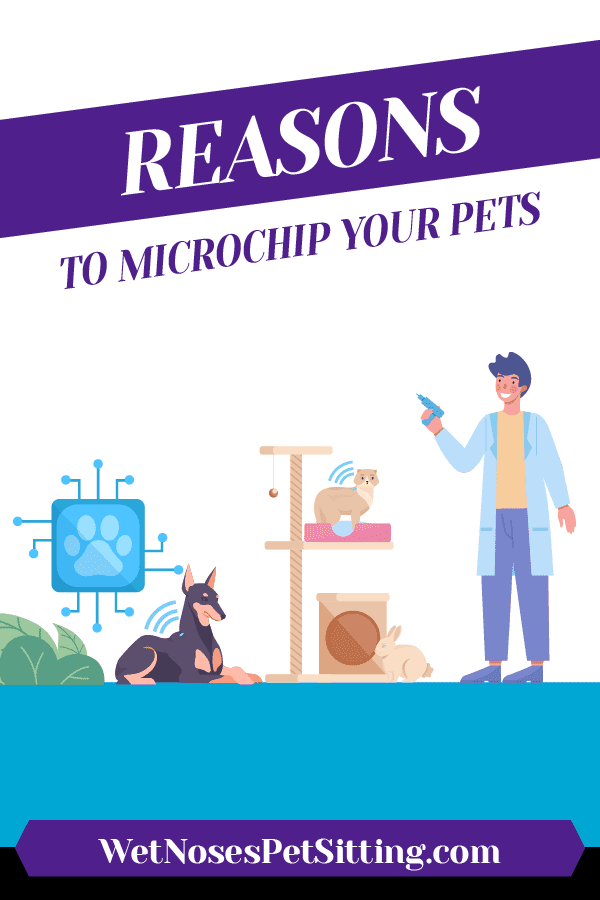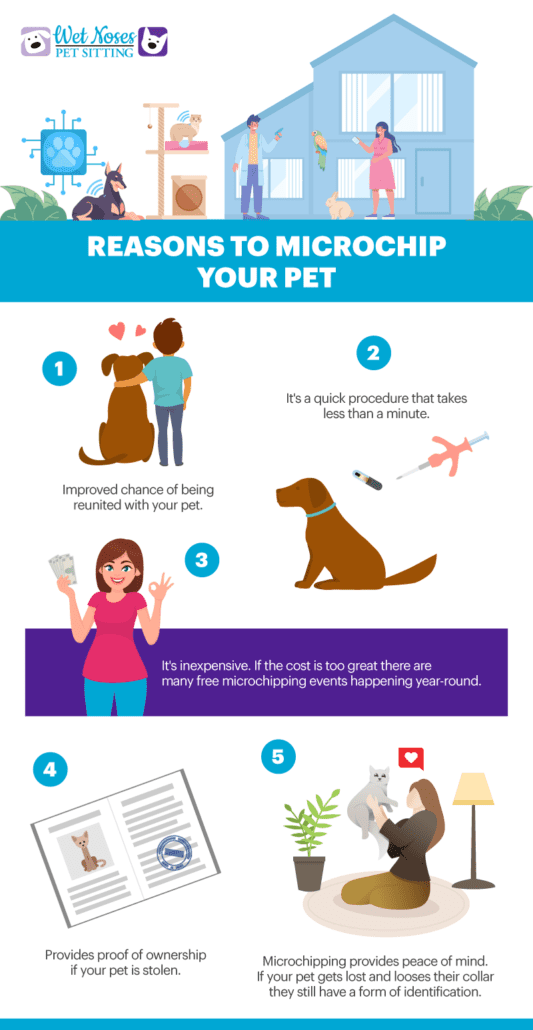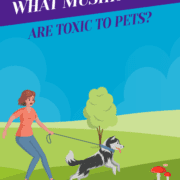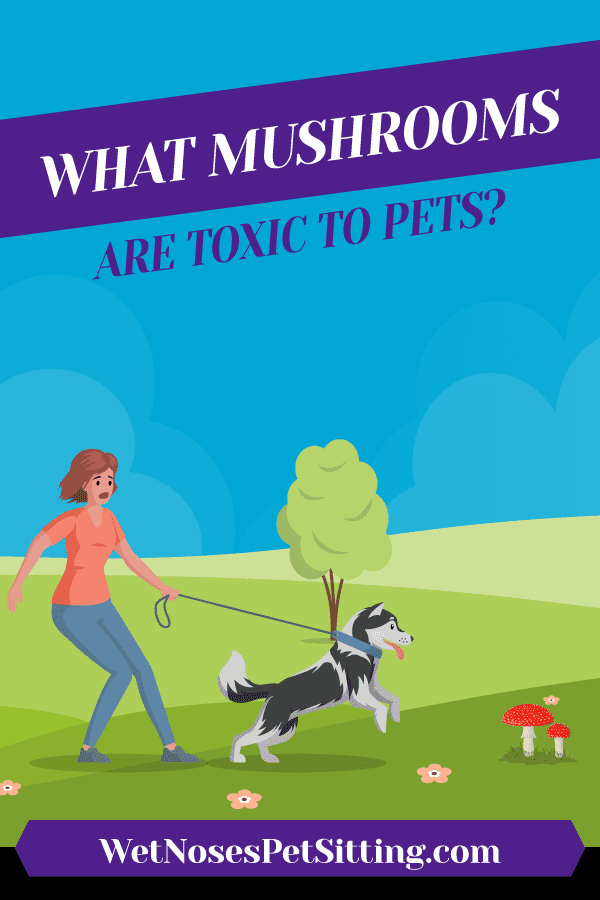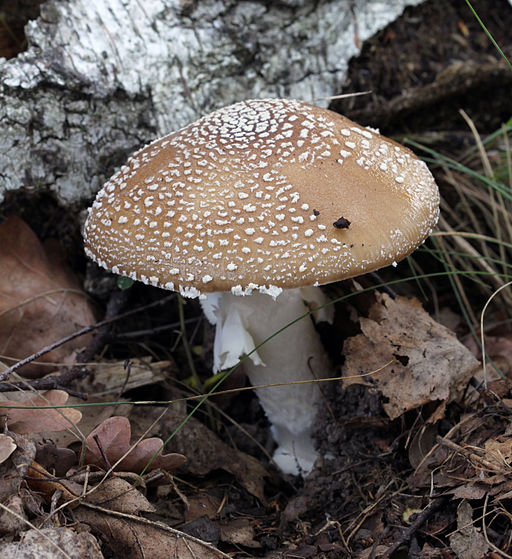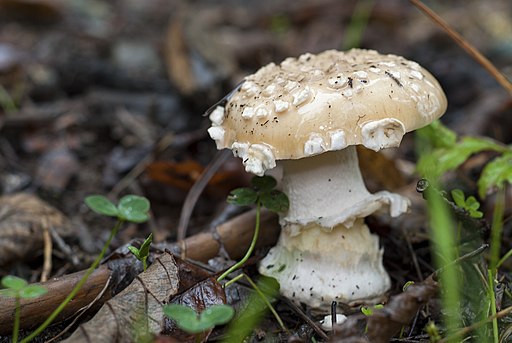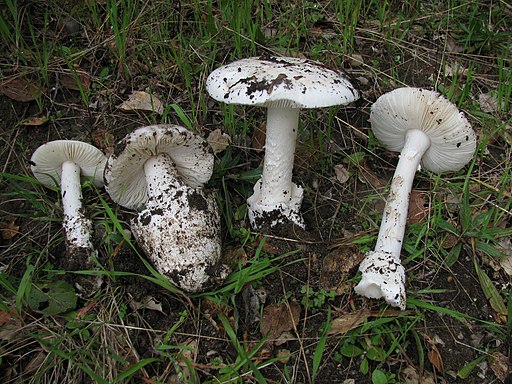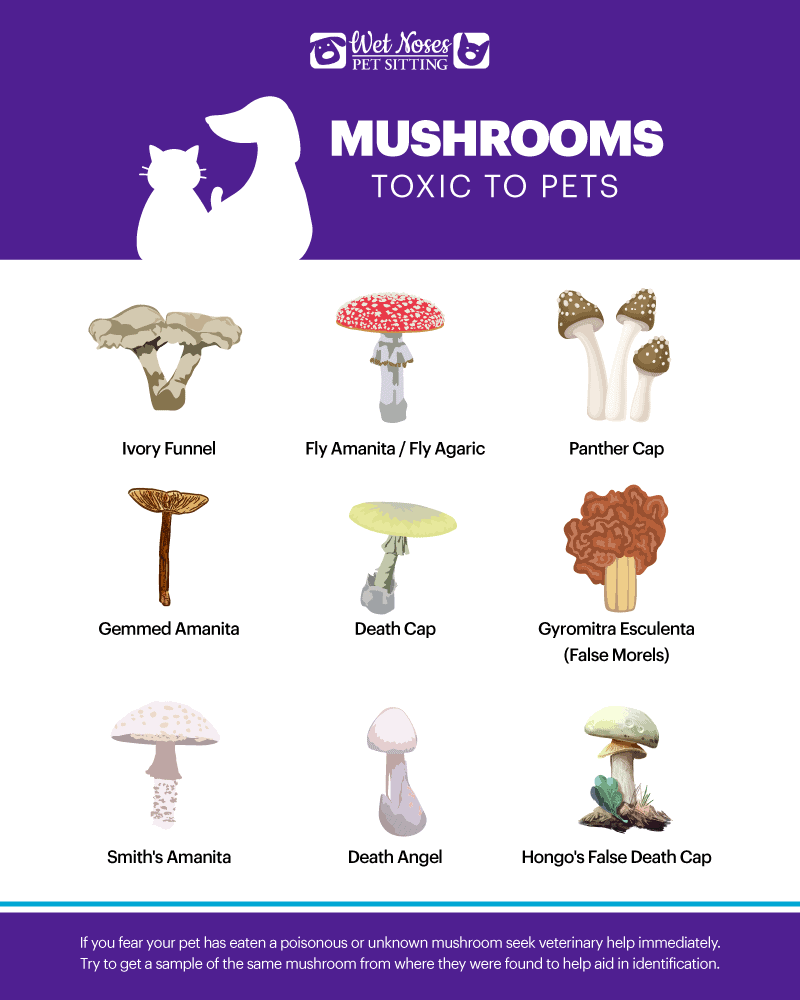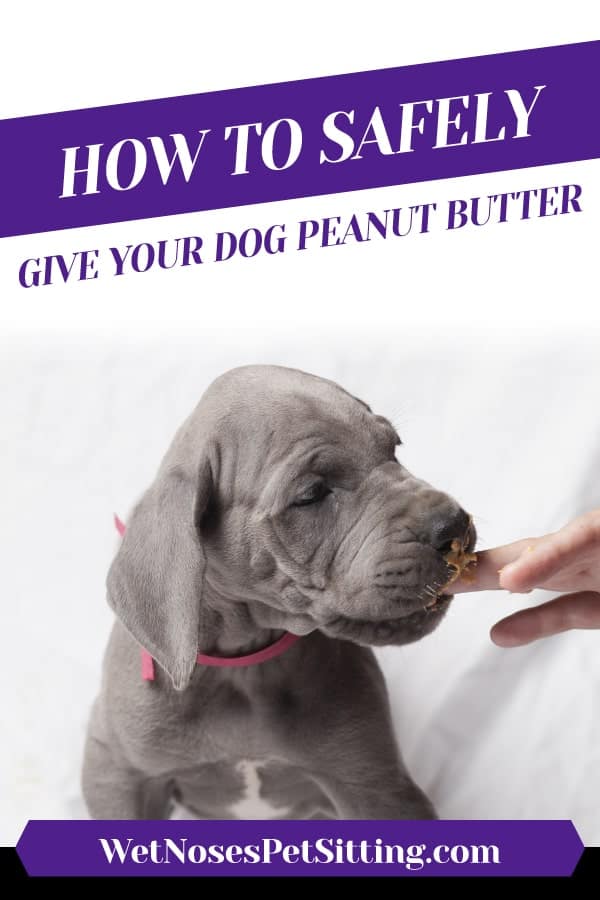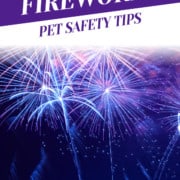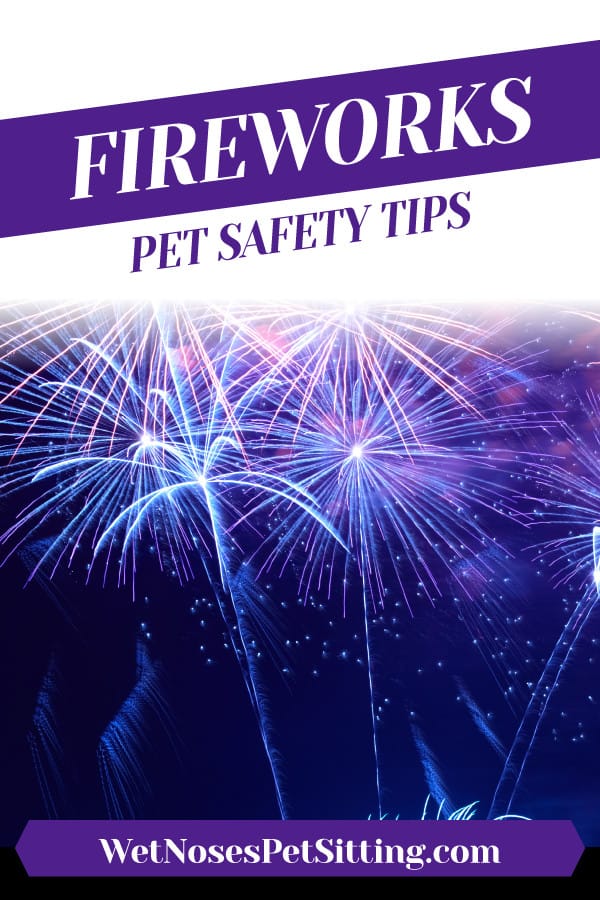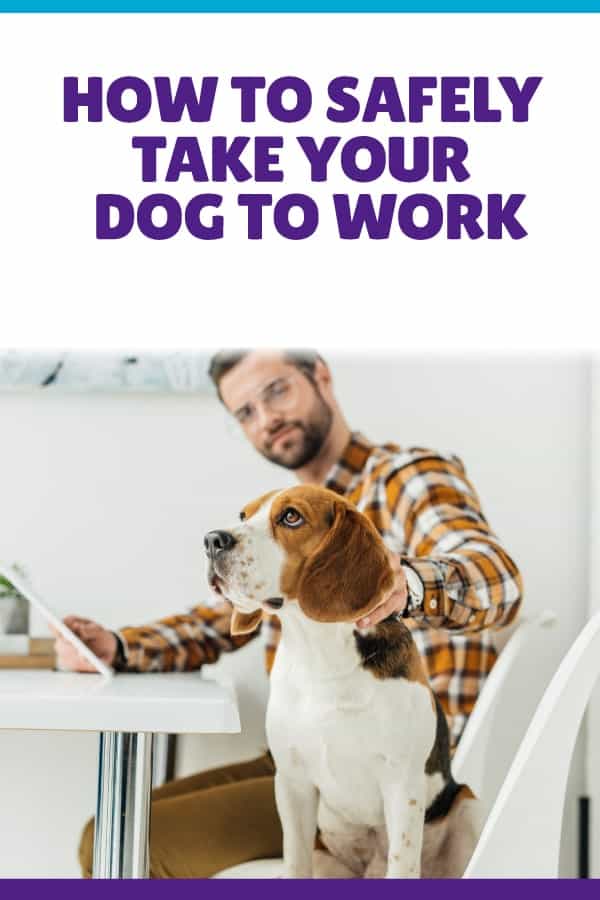How Does Wet Noses Keep Your Pets Safe
How Does Wet Noses Keep Your Pets Safe
It is estimated that 70% of American families live with a pet. Those pets can range from the faithful dog, irresistible cat, the delightful guinea pig, snakes, lizards and birds of all sizes and shapes, chickens included and even pigs!
Caring for our pets is an 80 billion dollar a year industry. Yes, that’s a whole lot of dollars and cents. Pet parents don’t side step the needs of their pets. They provide the best in veterinary, nutrition, life enrichment and all around care.
About Wet Noses Pet Sitting
The owner of Wet Noses started Wet Noses Pet Sitting in 2001 after many years of doing this for family and friends, and working in other related animal fields. She is a graduate of CSU and has degrees in both biology and zoology.
Wet Noses has a rigorous vetting process when hiring the very best pet sitters. All of them are insured and bonded. Every pet sitter with Wet Noses is an employee and is hired after an extensive background and reference check and interviewed on their individual animal experience.
Everyone of Wet Noses pet sitters is CPR certified within two months of joining their team. They undergo continued training in animal care, training, understanding body language, positive reinforcement training, and numerous other certifications.
Why you should hire a professional pet sitter
As a devoted pet owner, you want the best care and attention for your furry friend, even when you can’t be there. While enlisting the help of a neighbor or a friend may seem convenient, opting for a professional pet sitter offers a wide range of advantages that can ensure your pet’s well-being and happiness. Let’s look at a few of the reasons you should hire a Wet Noses pet sitter to keep your pets safe.
Bonded & Insured
One of the most important reasons for hiring Wet Nose as your pet sitter is that they are insured and bonded, so that you can have peace of mind leaving your pets and home in experienced and trained hands.
Regular Schedule
The safety of your dog, cat or other precious pet is paramount. Leaving your pet for long hours alone can create stress for you and especially for your pet. Knowing that Wet Noses has a schedule that will fit your budget and needs will give you the security of knowing that your fur family is well cared for and ready to greet you when you come home.
Additional Pets
Additional pets are a very small charge, and Wet Noses handles large and small farm animals, exotics and birds. There are two options for overnight care, should you want someone in your home with your pets. Taking your trash to the curb on trash day, or bringing in the mail and/or packages are all included with your fee.
Know who exactly is taking care of your pet
It is ideal when you can see exactly who you are getting for a pet sitter. Wet Noses has a short bio and video of the pet sitter you are paired with so that you can see them in their home with some of their own pets!
Convenient online platform
The online forms are simple and quick to use. The Wet Noses office staff are available by phone, email, text or online. Once you have set your schedule for your pet visits, the pet sitter assigned to you will contact you for an initial appointment to go over instructions, receive keys, and above all meet your pets!
Wet Noses uses an easy mobile or desktop application called Time to Pet that keeps you updated by photos and text on how each visit goes. Additionally, your pet sitter can text your phone directly with a message and photos after each visit.
House will look active to any potential intruders
Houses that look empty/no occupied have become prime targets for not only intruders but squatters as well. Having someone show up at regular intervals while you are away and leaving lights on, blinds up or down and making sure your home is secure is an added benefit of the daily visits or overnight stays of the Wet Noses pet sitter.
Keep your pet at home
Keeping your pets in their home environment is the best way to keep them happy, healthy and safe. They can play in their backyard, go for walks that you have scheduled and have a fun one on one playtime with your pet sitter!
Experienced team members
Wet Noses Pet sitting has an experienced team of loving, capable animal advocates who while working mostly alone in their pet sitting duties, are nevertheless always ready to step in as a team for any unforeseen emergency to ensure that your pet has the best care at all times.
Wet Noses takes the safety of their pet sitters seriously by ongoing training as well as a tracking application that lets the office know when and where they are on their scheduled visits for a particular day. You as the pet owner can sign up in this app and see what time your pet visit started and the journey (if any) while on the walk.
Over 100+ 5-Star Google reviews speak for themselves
Take a look at the reviews of current and past clients and see for yourself that Wet Noses pet sitting is the very best for you and your furry and non-furry family members. Contact us as soon as you book that much deserved vacation and we will take care of your pets and home so that you can relax and enjoy your time away.
Ready to book a Wet Noses pet sitter?
Got a new puppy, kitten or other special needs or post surgical pet? Wet Noses pet sitting has a number of experienced pet sitters to accommodate your needs.
Planning an end of week dinner, play or concert? Long hours at work? Wet Noses has the perfect solution for your needs and is ready to fill in to care for your pet until you return home later.
Today’s pet parent is well informed about the options available to them and Wet Noses pet sitting is honored to be chosen as your pet’s caregiver and we value your trust in us!

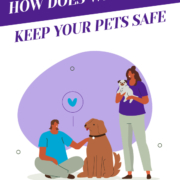
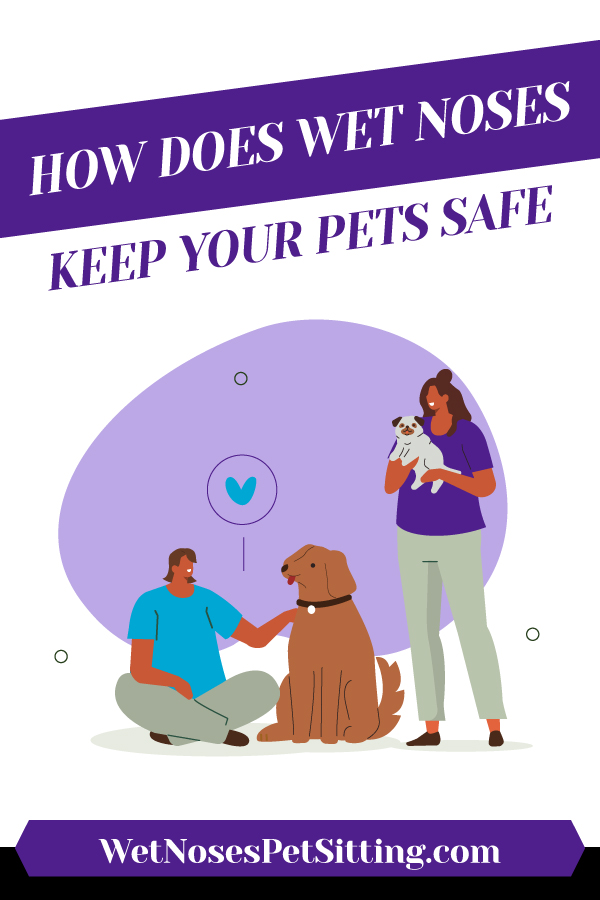
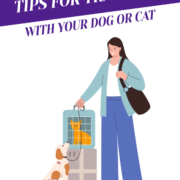
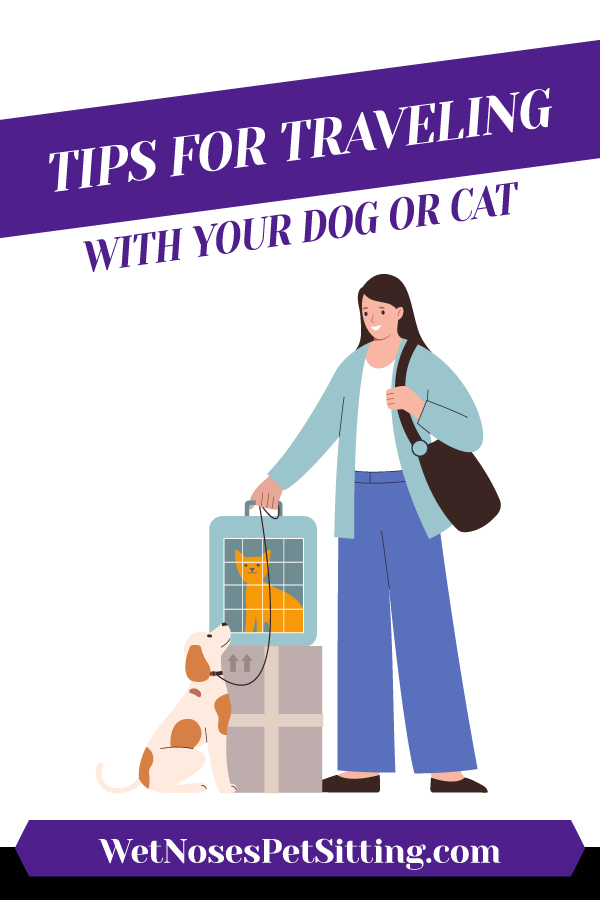
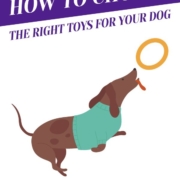
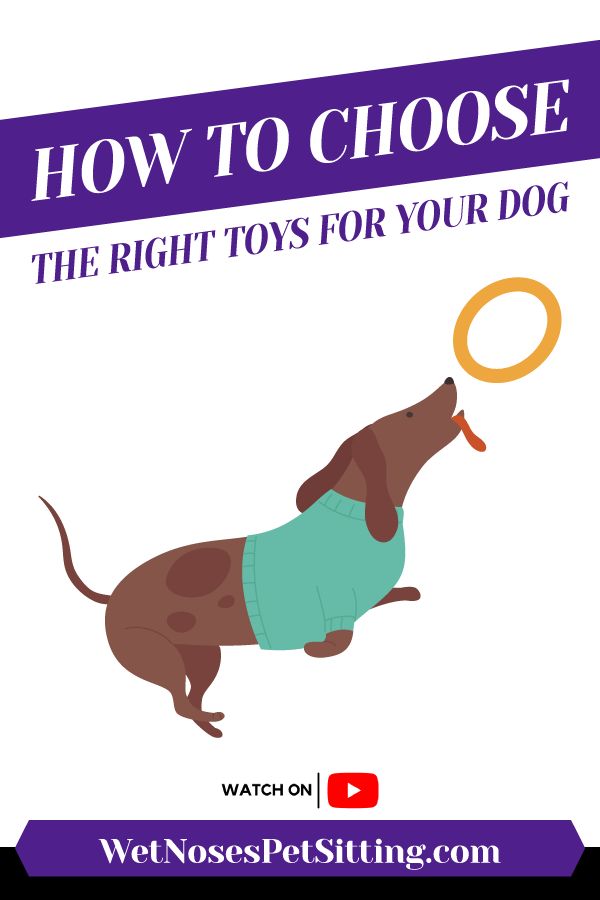
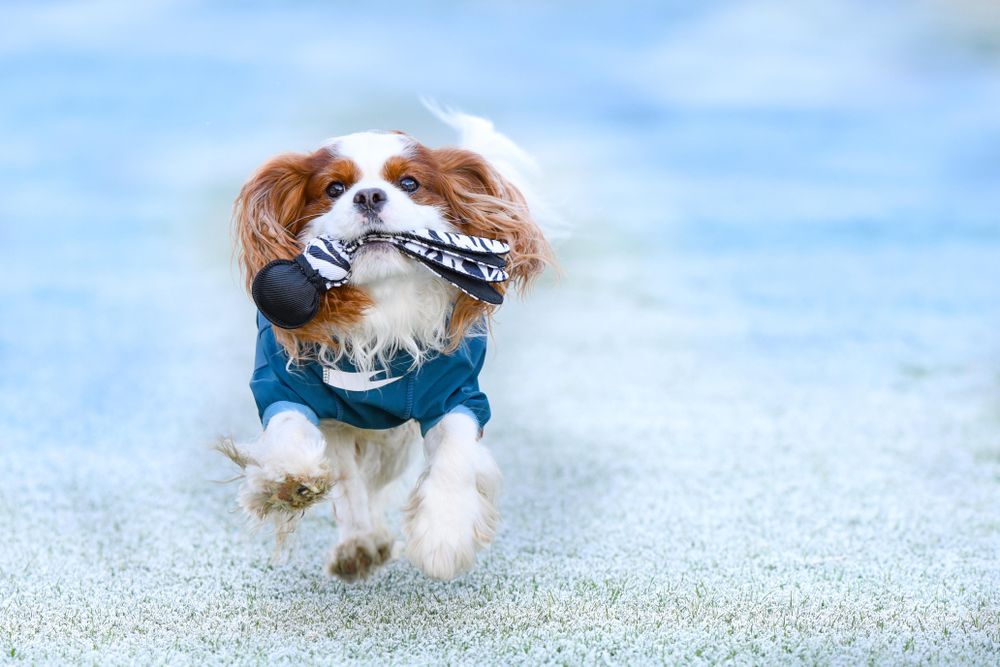
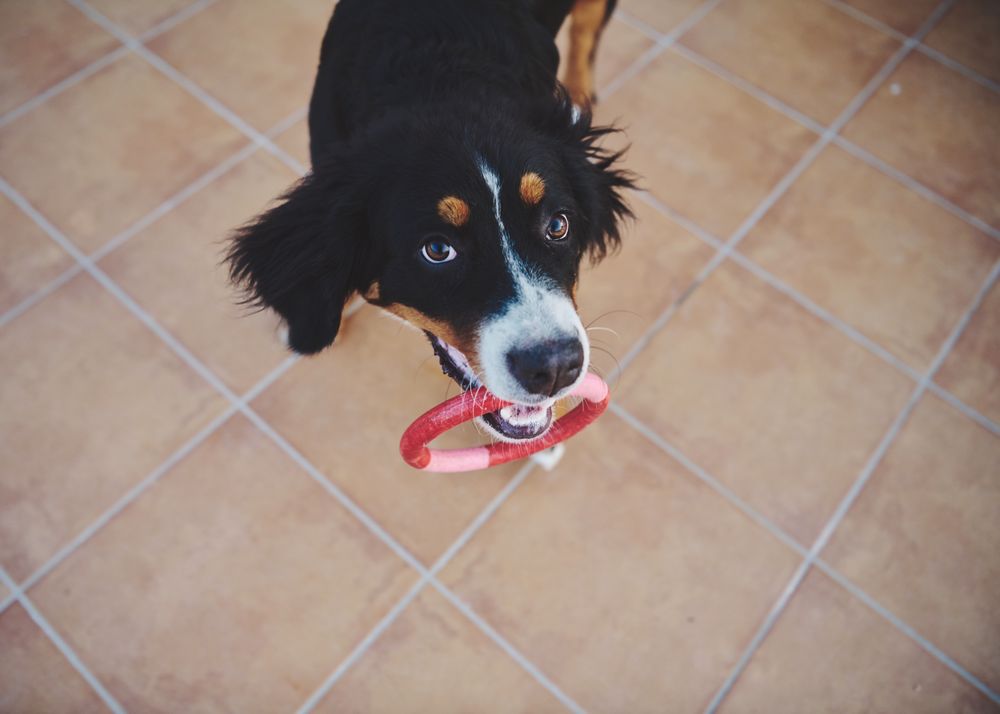
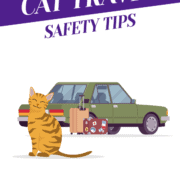
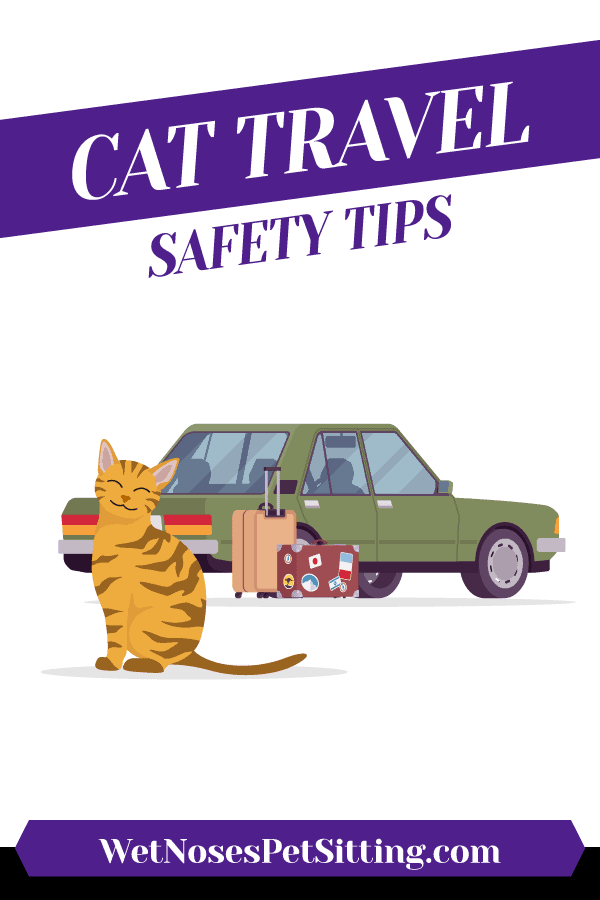
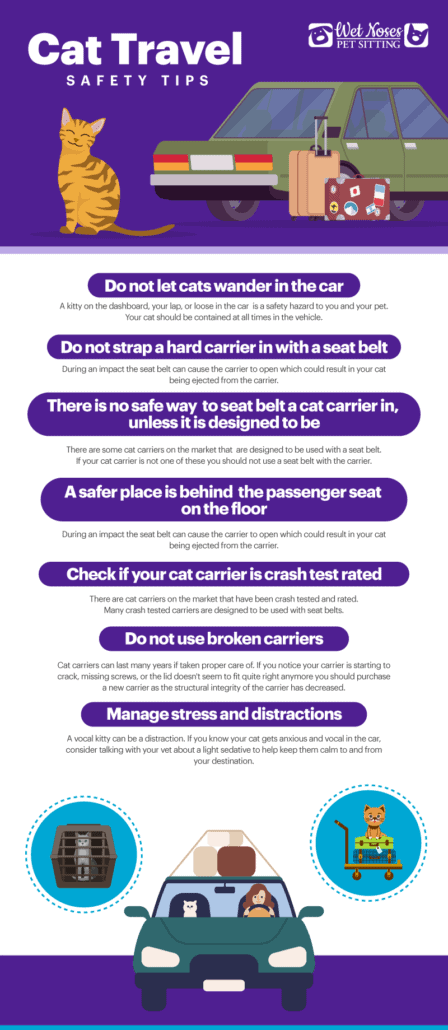

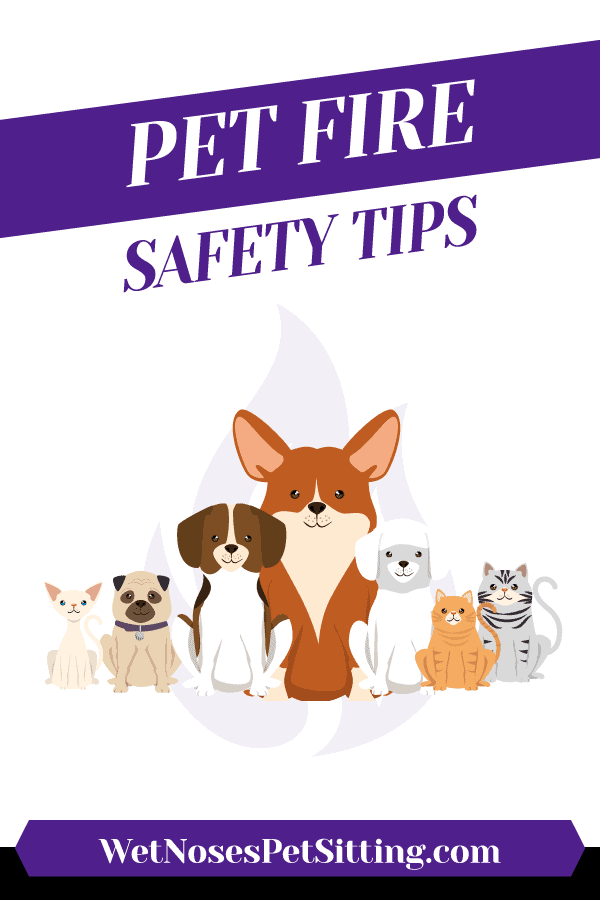 Pet Fire Safety Tips
Pet Fire Safety Tips